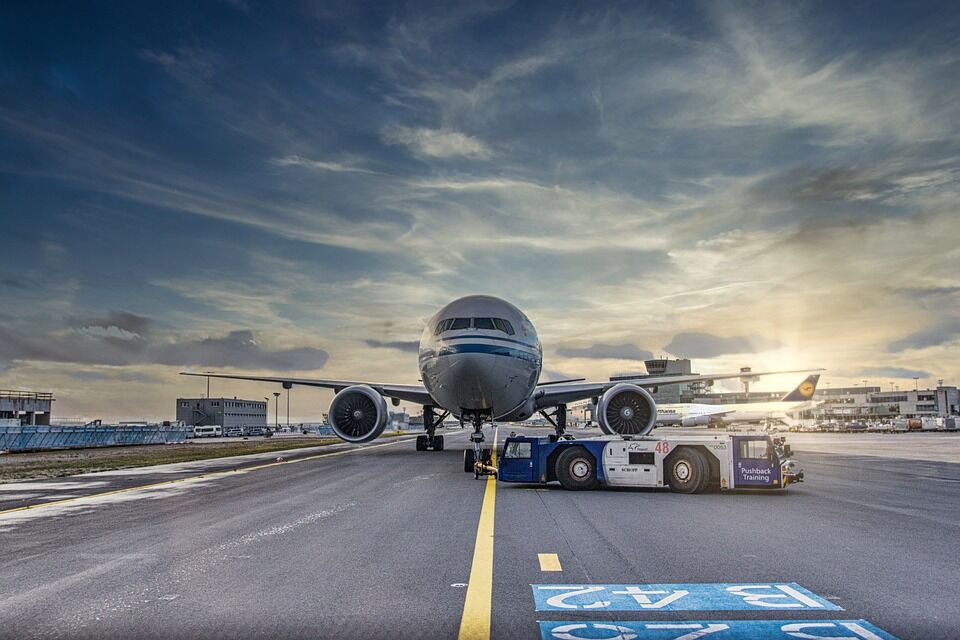IN his presentation at the Saipan Chamber of Commerce Economic Forum over a week ago, Marianas Visitors Authority board member Ivan Quichocho shared key information regarding the current state of the local tourism industry. He said the 14 members of the Hotel Association of the NMI or HANMI have 2,522 rooms and a total of 946 employees of whom 706 or 74.6% are locals; 52 or 5.4% are FAS citizens; and 188 or about 20% are CWs. (There are 33 non-HANMI hotels with 1,039 rooms. The number of their workers wasn’t mentioned.)
According to Quichocho, after several years of declining numbers, tourist arrivals started to improve in 2012, reaching 659,741 in 2017 from a low of 375,808 in 2009. The tourism industry then recorded five growth years before declining in 2018 (Yutu) and 2019 (post-Yutu). It went into a Covid-19-induced coma in 2020.
The numbers are painful to behold.
In 2019, there were 487,008 arrivals and HANMI’s occupancy rate was 80.43%
In 2020 — 88,172 arrivals; 17.74% occupancy rate
In 2021 — 12,684 arrivals; 17.2% occupancy rate
In 2022 — 96,432 arrivals; 26.83% occupancy rate
2022 was an improvement, but the figures were nowhere near the 2019 numbers.
Clearly, the local economy — and government revenue collection — will not improve if the tourist numbers do not increase significantly. Reviving the tourism industry should be the CNMI government’s primary focus. There is no need to reinvent the wheel, as Lt. Gov. Dave M. Apatang would put it.
Quichocho’s presentation also indicated a steady decline in Japanese arrivals since 2012: from 153,259 to 9,862 in 2020. In 2021, there were 54 arrivals from Japan. In 2022, the number was 2,130.
In contrast, the South Korean market has remained a steady and major source of tourists. Since 2014, South Korea has been the CNMI’s top tourism market, peaking in 2017 with 334,740 arrivals. But the South Korean figures in the last three (Covid) years were dismal: 52,713 in 2020; 6,783 in 2019; and 76,456 in 2022.
It was the China market that made up for the declining Japanese numbers. From 85,966 arrivals in 2012, the China figures increased annually, peaking at 233,986 in 2017. The numbers then declined in the following years: 215,892 in 2018; 185,526 in 2019; 18,550 in 2020; 12 in 2021; and 186 in 2022.
Can the CNMI revive its Japanese market? Will China remain a major market for the CNMI amid worsening U.S.-China relations?
For this year, Quichocho projects 258,948 air seats for the Korean market, and 25,896 air seats for Japan. For the China air service? Zero. Or “???,” according to Quichocho’s presentation.
He said the “current pipeline of air seats can only muster…34%…at best.” Hence, “we must continue growing Japan; we must re-open China; we should support all three markets [South Korea included] in order to secure sufficient arrivals.”
There is also a need to address “destination quality” amid “many business closures.” Quichocho said tour sites need “refurbishment and renovation.” This, he added, “speaks to the readiness of our destination to welcome back significant number of tourists.”
All this requires funding.
And then there’s the workforce issue.
Quichocho said the “CW cap reducing worker number every year coupled with the emigration of the local population constrains the local labor market and economy. Additionally, the touchback provision poses…significant operational challenges not only with the hotel industry.”
CUC’s power rates are another concern, Quichocho said, adding that CUC “needs equipment modernization in order to lower rates.”
And how can CUC fund its modernization? According to CUC, delinquent government agencies must pay their utility bills which will allow CUC to invest in better equipment and better technology. This will reduce fuel consumption, and the savings can be passed on to CUC’s customers.
But why are government agencies delinquent? Lack of funds.
Chicken, meet egg.
Send feedback to editor@mvariety.com












